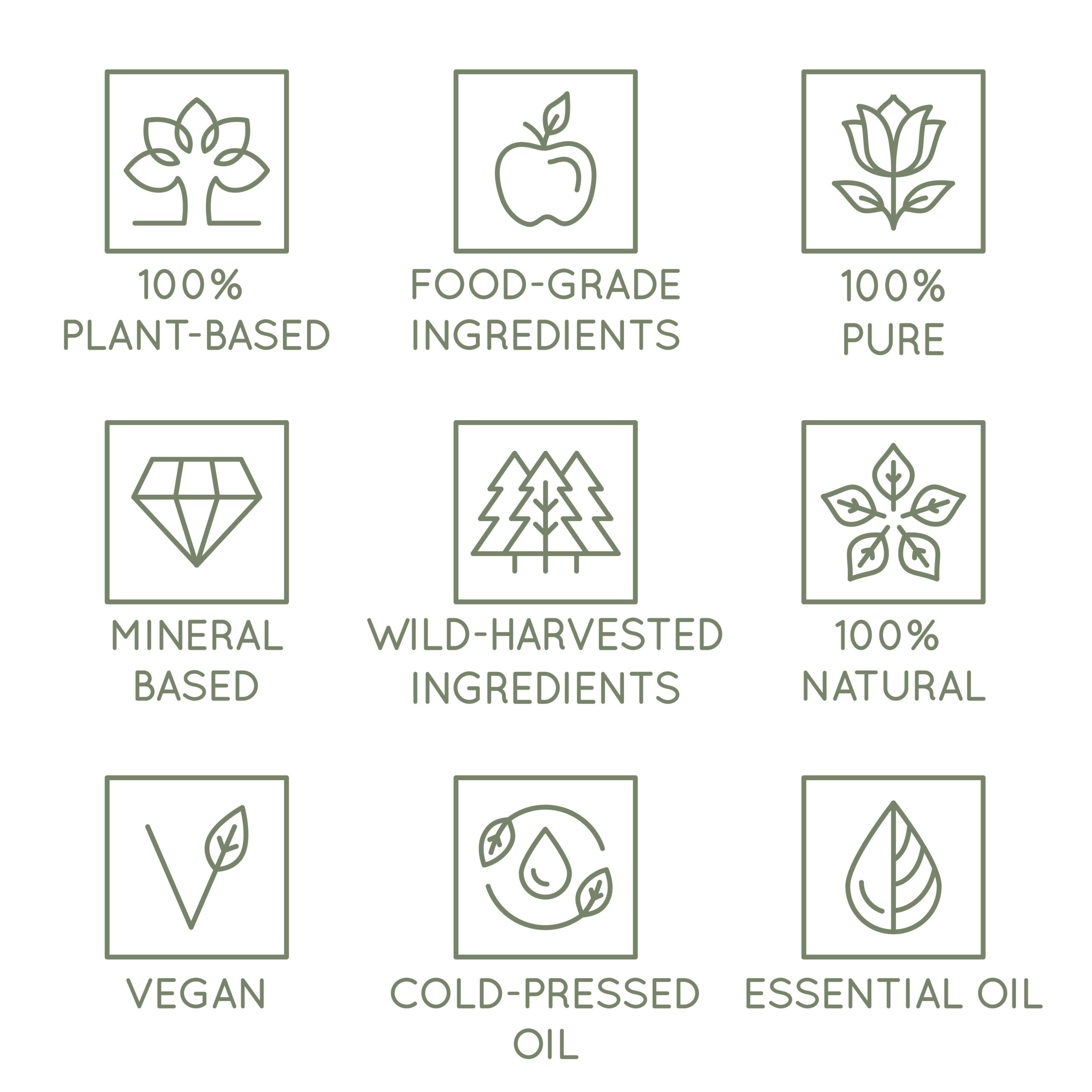In the past few years, functional food products have begun sprouting from the woodwork as consumer demand for healthier products, many in response to the year-long COVID-19 pandemic. And while essential oils have several benefits in regards to aromatherapy, it is important to denote the difference of essential oils that can be used (in small amounts) in food products, and the ones that belong in a diffuser. So without further adieu, let’s open the discussion of food-grade essential oils vs. therapeutic-grade essential oils.
Food-Grade Essential Oils
You might be surprised to discover that “food-grade essential oils” isn’t a legal term or one regulated by the FDA. The FDA has deemed essential oils under the category of G.R.A.S — generally recognized as safe for human consumption when used for their intended purpose. Essential oils are highly concentrated in flavor and typically used to flavor hard candies and bakery items or to lend a small amount of flavor to beverages. They are not “intended” to be consumed in large amounts.
So if you’re looking to add Food-Grade essential oils to your food product, in small amounts of course, we thought we would give you a few of our top recommendations:
According to Public Goods blog regarding essential oil use in manufactured goods:
“There are some essential oils that are generally accepted as safe additives for cooking when used in extremely small amounts, as small as one drop. They include spearmint oil, grapefruit oil, peppermint oil, lemon oil, cinnamon bark oil and lemongrass oil. You can also find generally-accepted “food-safe” essential oils in spray form, since they’ve already been heavily diluted. These products are quite difficult to find, but there are some options made by companies such as Simply Beyond with herbal oils like oregano, thyme and rosemary. Several companies, including doTERRA, market essential oil blends specifically for internal use, even though doTERRA received an FDA warning for making unsubstantiated claims about the products it sells.”
Therapeutic Essential Oils
You might be now less-surprised to discover that “therapeutic-grade” is also not a legal or regulated term. Just like our previously-debunked “food grade” terminology, this is simply a way to market the essential oil. For the sake of safety, we recommend consulting with a doctor or aromatherapy specialist in addition to performing thorough research on adding oils that do not make the FDA GRAS list linked above. Where marketing comes in handy is helping to make the differentiation here. Food-grade essential oils must meet FDA standards and must be treated like food with their own accompanying nutrition facts panel. If the oil you are considering using within your product does not have an accompanying nutrition panel, we recommend using one of the 3 brands above who do.
And that’s about all there is to it. If you are considering using essential oils within your food product and want to consult with nutrition professional and FDA Regulation experts, you are in the right place. Heck, we’ll help get you set up with a label too. Just contact us.

